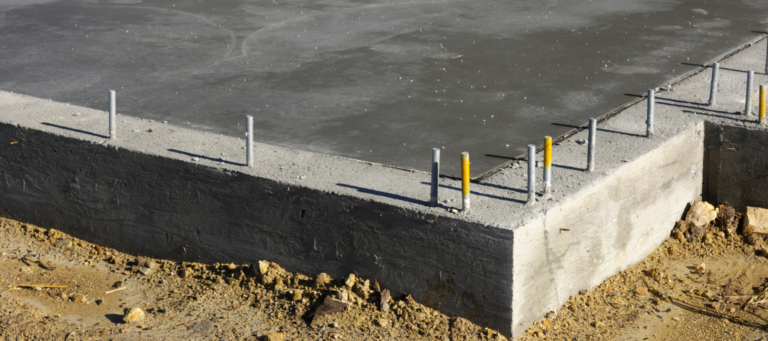Water Tables And Foundations: Hidden Risks Under Your Home
When you think about protecting your home’s foundation from water damage, you might picture heavy rains or poor drainage causing trouble. But what’s happening underneath your home can be just as important. The underground water table — the level where soil becomes fully saturated with groundwater — plays a major role in the long-term health of your foundation.
At G.L. Hunt, we know that unseen water issues can cause serious problems if they aren’t addressed early. Let’s take a closer look at how a high water table can impact your foundation and what you can do about it.
What Is The Underground Water Table?
Simply put, the underground water table is the boundary between dry soil and soil that is saturated with water. Its depth can vary depending on factors like rainfall, drought conditions and the type of soil beneath your home.
In Texas, where clay-rich soils are common, the water table isn’t just a passive feature. Rising and falling water levels cause the ground to expand and contract, putting pressure on foundations. Over time, this cycle can lead to shifting, cracking and serious structural instability if the right precautions aren’t taken.

How Water Tables Affect Construction And Foundations
When building a new home, understanding how water tables affect construction is crucial. Builders must account for the water table’s depth and behavior before laying a foundation. Otherwise, the home may face major problems later.
If a high water table isn’t properly managed, it can lead to:
- Hydrostatic pressure against the foundation slab or crawl space walls, causing cracks and leaks.
- Soil movement that shifts the foundation unevenly.
- Chronic moisture problems in crawl spaces and basements, promoting mold growth and wood rot.
At G.L. Hunt, we’re experienced in designing foundation solutions that take high water tables into account. Whether it’s installing proper drainage, sump pumps or advanced waterproofing systems, we help protect homes from the ground up.
How Deep Is The Water Table — And Why Does It Matter?
You might wonder, how deep is the water table beneath my home? The answer can vary.
In some parts of Texas, the water table can be just a few feet below the surface, especially after heavy rains. In other areas, it may be much deeper — 20, 30 or even 50 feet down. Shallow water tables pose the greatest risk to foundations because there’s less buffer zone before groundwater starts pressing against the structure.
Knowing your specific water table depth helps determine whether extra foundation protections, like specialized drainage or reinforced construction methods, are necessary. G.L. Hunt’s team offers expert assessments to help homeowners understand the risks hidden below their properties.
Signs That a High Water Table May Be Affecting Your Foundation
A shifting or saturated foundation doesn’t always announce itself loudly — but there are warning signs you can watch for:
- New or widening cracks in your interior or exterior walls
- Uneven floors or sections of the home that feel sloped
- Doors and windows that do not close properly
- Standing water near the home after rain, or persistent dampness in crawl spaces
If you notice any of these symptoms, it’s time to get a professional inspection. Early action can prevent further damage and protect your home’s value.
Protect Your Home With G.L. Hunt
When it comes to foundation health, the water you can’t see matters just as much as the water you can. A high underground water table can quietly put your home at risk — but with the right solutions, you can stay ahead of the problem.
At G.L. Hunt, we specialize in foundation inspections, drainage improvements, waterproofing and repair services in Texas. Whether you’re building a new home or protecting the one you already have, our team is ready to help.
Contact G.L. Hunt today to schedule a consultation and learn how we can keep your foundation strong — no matter what’s happening underground.









